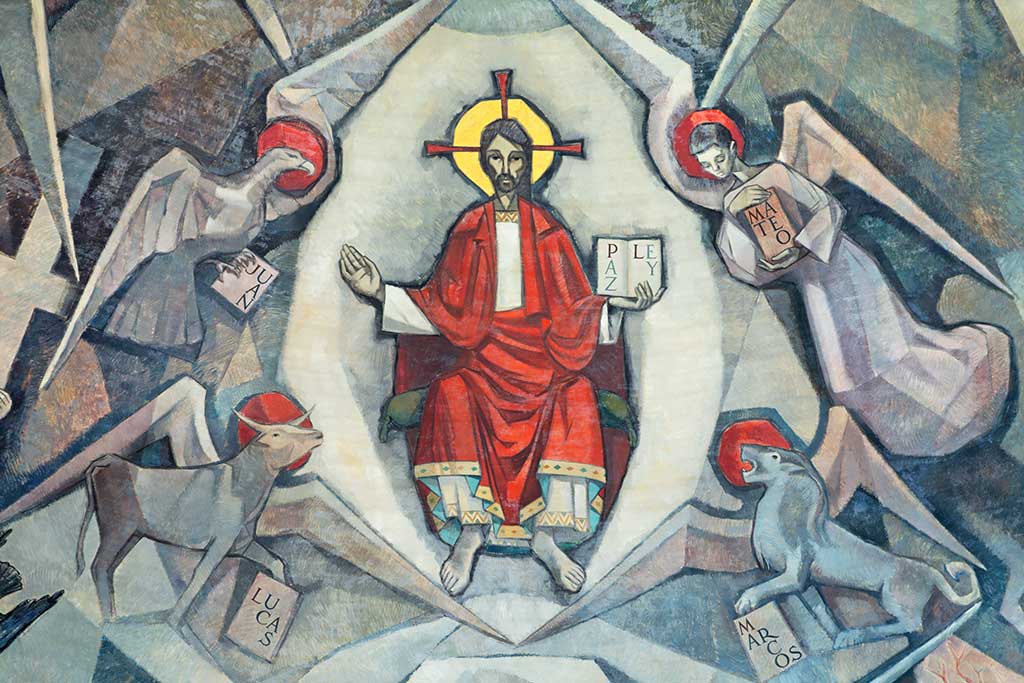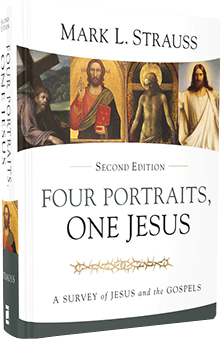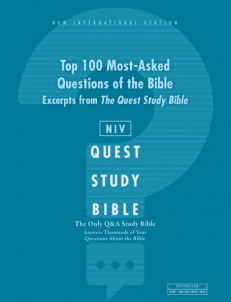
Four Gospels, One Jesus
When my oldest son was two years old, we took him to a portrait studio to have his picture taken. Two-year-olds are a bundle of emotions, and getting them to sit still through a photo shoot is a real challenge. During that short session, my son went through a range of moods, from contentment, to laughter, to pouting, to anger, to tears. I remember looking through the proofs afterward. The first showed him serenely content, smiling at the camera. In the second, he was laughing delightedly as the photographer waved a stuffed animal in his face. In the next, he was beginning to get bored and had put on a cute little pout. The fourth showed him downright angry, with a defiant “just try to make me smile” look on his face. By the last shot, he had dissolved into tears. The poor little guy had had enough. Which of these pictures captured my son’s personality? The answer, of course, is all of them! Each one caught a different side of his multifaceted personality. Together they gave us an insightful glimpse into who he is.
This little story is a good analogy for the New Testament gospels. Each of the four gospels—Matthew, Mark, Luke, and John—paints a unique portrait of Jesus Christ. Each provides special insight into who he is and what he accomplished. The Gospels exhibit both unity and diversity, bearing witness to the same Jesus (unity) but viewing him from unique perspectives (diversity).
| Matthew | Mark | Luke | John |
| The Gospel of the Messiah | The Gospel of the suffering Son of God | The Gospel of the Savior for all people | The Gospel of the eternal Son who reveals the Father |
| Most structured | Most dramatic | Most thematic | Most theological |
What are these four unique portraits? At the risk of oversimplifying, we may say that Matthew presents Jesus as the Jewish Messiah, the fulfillment of Old Testament hopes; Mark portrays him as the suffering Son of God, who offers himself as a sacrifice for sins; Luke’s Jesus is the Savior for all people, who brings salvation to all nations and people groups; and in John, Jesus is the eternal Son of God, the self-revelation of God the Father, who came to bring eternal life to all who believe. These are not contradictory portraits but complementary ones. Having four gospels gives us a deeper, more profound understanding of Christology—the nature of Jesus’ person and work.
Not only are the Gospels unique in their portraits of Jesus, they are also unique in their presentations. Mark is the most dramatic of the four, a powerful and fast-moving story that grips the reader from beginning to end. Matthew is the most structured of the Gospels, crafted around five carefully ordered teaching sections. Luke is the most thematic, with themes like God’s love for the lost, the role of the Spirit, and Jerusalem’s role in God’s plan resurfacing again and again. John’s is the most theological of the four, with more explicit statements concerning Jesus’ identity and purpose. I should add that all of the Gospels are all of these things—dramatic, structured, thematic, and theological—but they have important differences in emphasis.
Taken from Four Portraits, One Jesus, 2nd Edition: A Survey of Jesus and the Gospels, written by Mark L. Strauss

Four Portraits, One Jesus
Four Portraits, One Jesus is a thorough yet accessible introduction to the four biblical Gospels and their subject, the life and person of Jesus. Like different artists rendering the same subject using different styles and points of view, the Gospels paint four highly distinctive portraits of the same remarkable Jesus.
Learn More






The portraits of Jesus Christ well summarized powerfully.